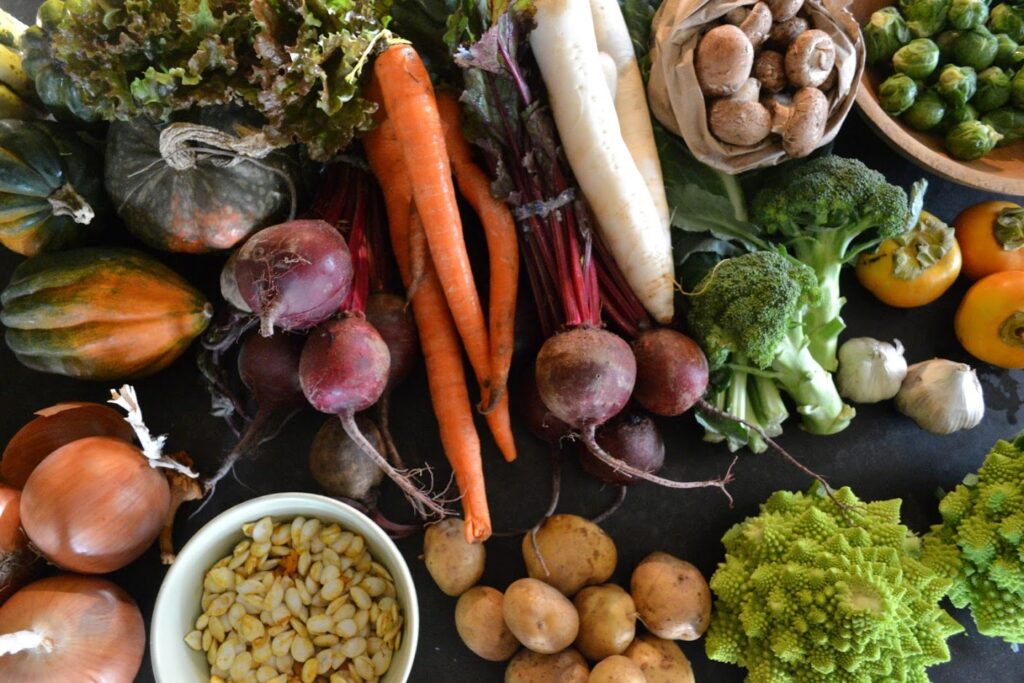





Nine Layers of the Edible Forest Garden (Food Forest)
Food Forests have been around for thousands of years in tropical and sub-tropical climates. In fact, there is a Food Forest currently still producing food in Morocco that was established 2,000 years ago! The concept of food forestry was almost lost to the annals of history when Robert Hart decided to adapt this design to his temperate climate in the UK in the 1960’s. The idea of a Forest Garden was brought to the public’s awareness when Robert wrote a book documenting his grand experiment. Bill Mollison, the co-founder of Permaculture, visited Robert’s site in 1990, and he quickly adopted this design element into his teachings and work. Initially, when Robert Hart described the layers of the Forest Garden, I believe he did so based on what he had and what he studied. Since then, Robert Hart’s categorization of the layers of the Forest Garden has stood unquestioned.
Until now.
I am not actually arguing about the existing layers. My issue is that there are certain layers that have been ignored or overlooked. My goal is to resolve this discrepancy today. As you can see in my illustration above, I believe that there are 9 layers in a Forest Garden. The first 7 are identical to Robert Hart’s initial design. The missing layers are the Aquatic or Wetland Layer and the Mycelial or Fungus Layer.
Here are my Nine Layers of the Edible Forest Garden:
- Canopy/Tall Tree Layer
- Sub-Canopy/Large Shrub Layer
- Shrub Layer
- Herbaceous Layer
- Groundcover/Creeper Layer
- Underground Layer
- Vertical/Climber Layer
- Aquatic/Wetland Layer
- Mycelial/Fungal Layer
1. Canopy or Tall Tree Layer
Typically over 30 feet (~9 meters) high. This layer is for larger Forest Gardens. Timber trees, large nut trees, and nitrogen-fixing trees are the typical trees in this category. There are a number of larger fruiting trees that can be used here as well depending on the species, varieties, and rootstocks used.
2. Sub-Canopy/Large Shrub Layer
Typically 10-30 feet (3-9 meters) high. In most Forest Gardens, or at least those with limited space, these plants often make up the acting Canopy layer. The majority of fruit trees fall into this layer.
3. Shrub Layer
Typically up to 10 feet (3 meters) high. The majority of fruiting bushes fall into this layer. Includes many nut, flowering, medicinal, and other beneficial plants as well.
4. Herbaceous Layer
Plants in this layer die back to the ground every winter… if winters are cold enough, that is. They do not produce woody stems as the Shrub layer does. Many cullinary and medicinal herbs are in this layer. A large variety of other beneficial plants fall into this layer.
5. Groundcover/Creeper Layer
There is some overlap with the Herbaceous layer and the Groundcover layer; however plants in this layer are often shade tolerant, grow much closer to the ground, grow densely to fill bare patches of soil, and often can tolerate some foot traffic.
6. Underground Layer
These are root crops. There are an amazing variety of edible roots that most people have never heard of. Many of these plants can be utilized in the Herbaceous Layer, the Vining/Climbing Layer, and the Groundcover/Creeper Layer.
7. Vertical/Climber Layer
These vining and climbing plants span multiple layers depending on how they are trained or what they climb all on their own. They are a great way to add more productivity to a small space, but be warned. Trying to pick grapes that have climbed up a 60 foot Walnut Tree can be interesting to say the least.
8. Aquatic/Wetland Layer
This is my first new layer to the Forest Garden. Some will say that a forest doesn’t grow in the water, so this layer is inappropriate for the Forest Garden. I disagree. Many forests have streams flowing through or ponds in the center. There are a whole host of plants that thrive in wetlands or at the water’s edge. There are many plants that grow only in water. To ignore this large list of plants is to leave out many useful species that provide food, fiber, medicinals, animal feed, wildlife food and habitat, compost, biomass, and maybe most important, water filtration through bioremediation (or phytoremediation). We are intentionally designing Forest Gardens which incorporate water features, and it is time we add the Aquatic/Wetland Layer to the lexicon.
9. Mycelial/Fungal Layer
This is my second new layer to the Forest Garden. Fungal networks live in healthy soils. They will live on, and even within, the roots of plants in the Forest Garden. This underground fungal network transports nutrients and moisture from one area of the forest to another depending on the needs of the plants. It is an amazing system which we are only just beginning to comprehend. As more and more research is being conducted on how mycelium help build and maintain forests, it is shocking that this layer has not yet been added to the list. In addition to the vital work this layer contributes to developing and maintaining the forest, it will even provide mushrooms from time to time that we can utilize for food and medicine. If we are more proactive, we can cultivate this layer intentionally and dramatically increase our harvest.
tcpermaculture.com
Article courtesy of
We offer custom installation and designs for each piece of property to help you get the most out of the land you have! GardenerOfEdenNW.com
